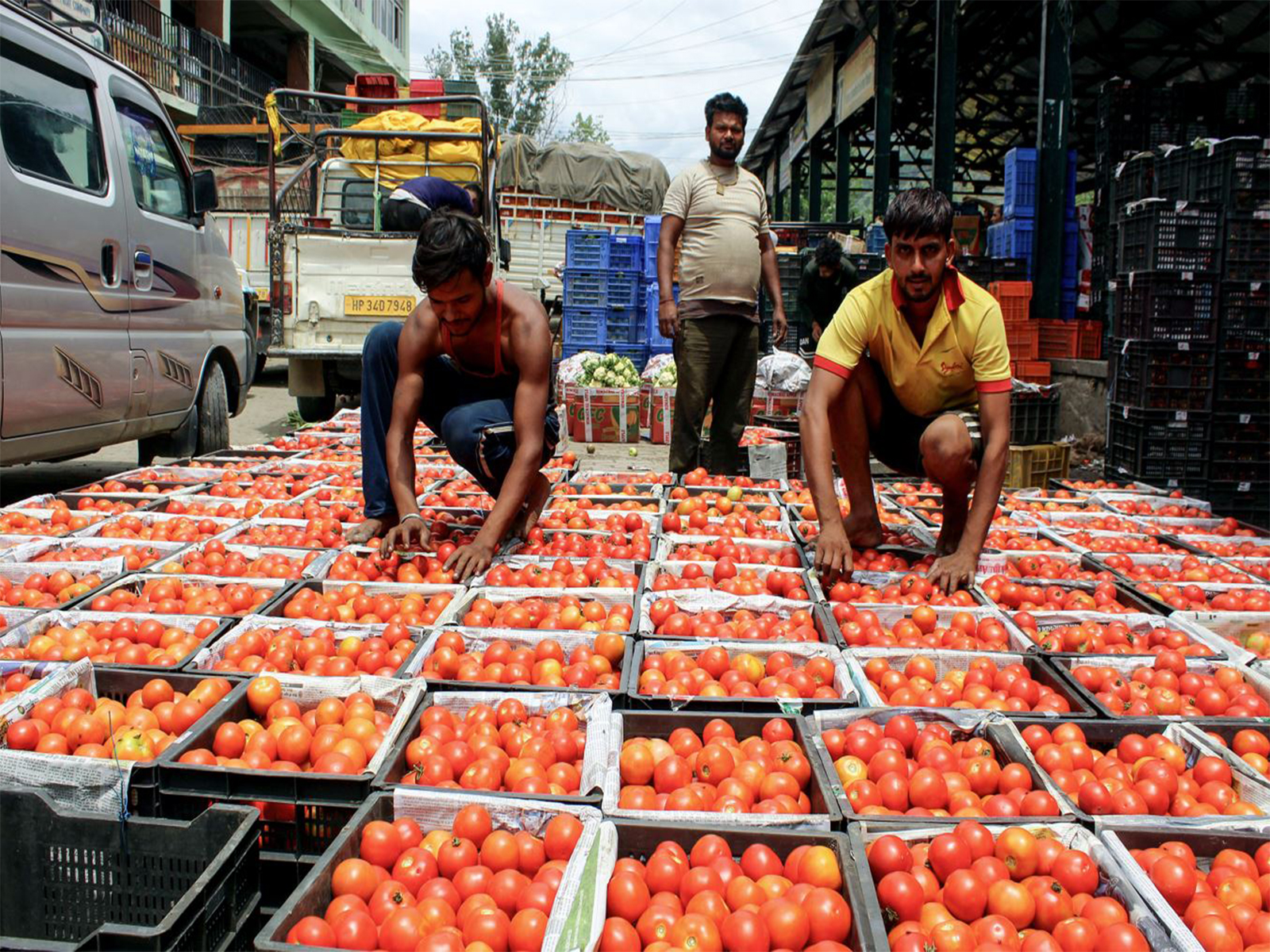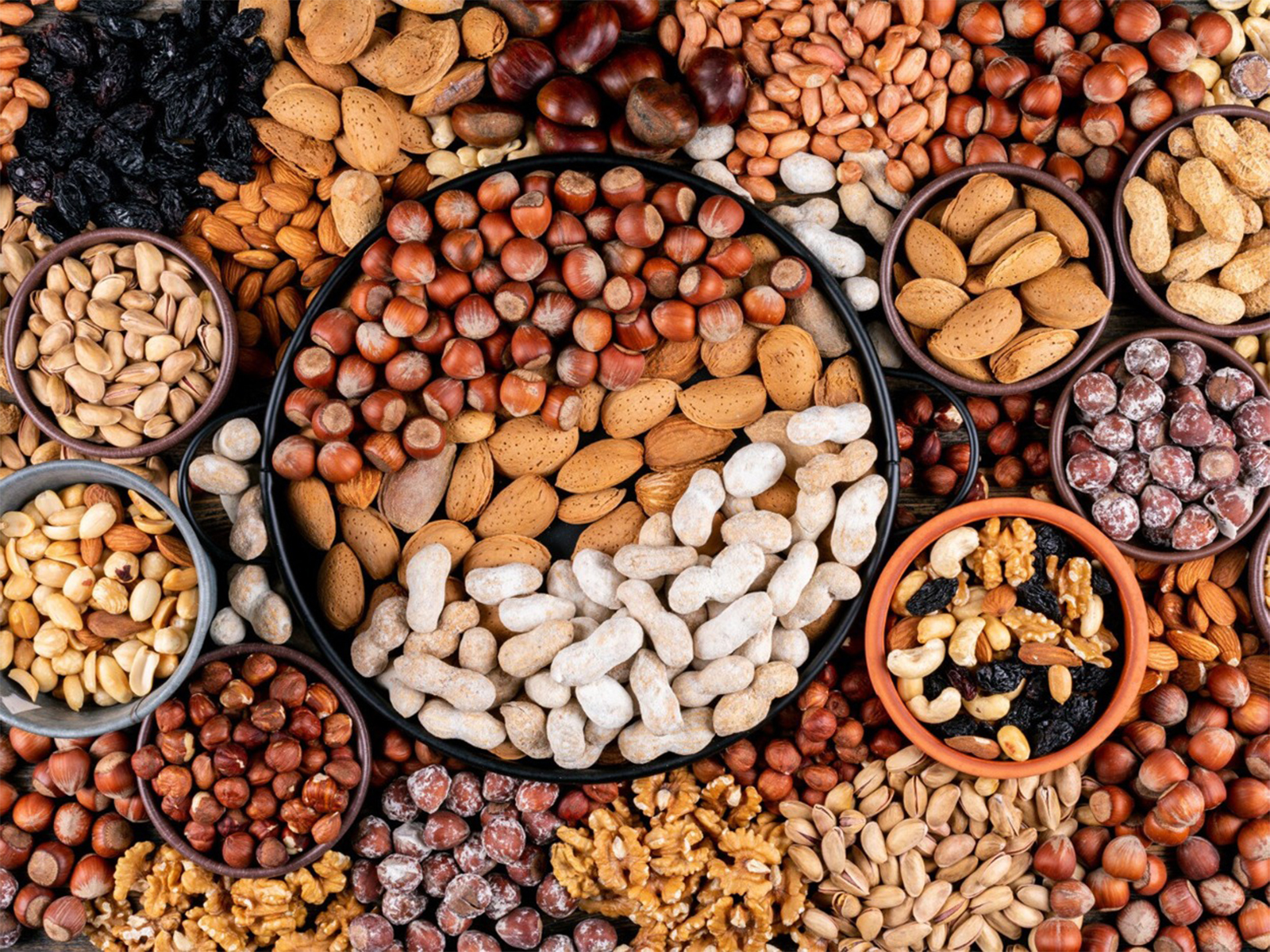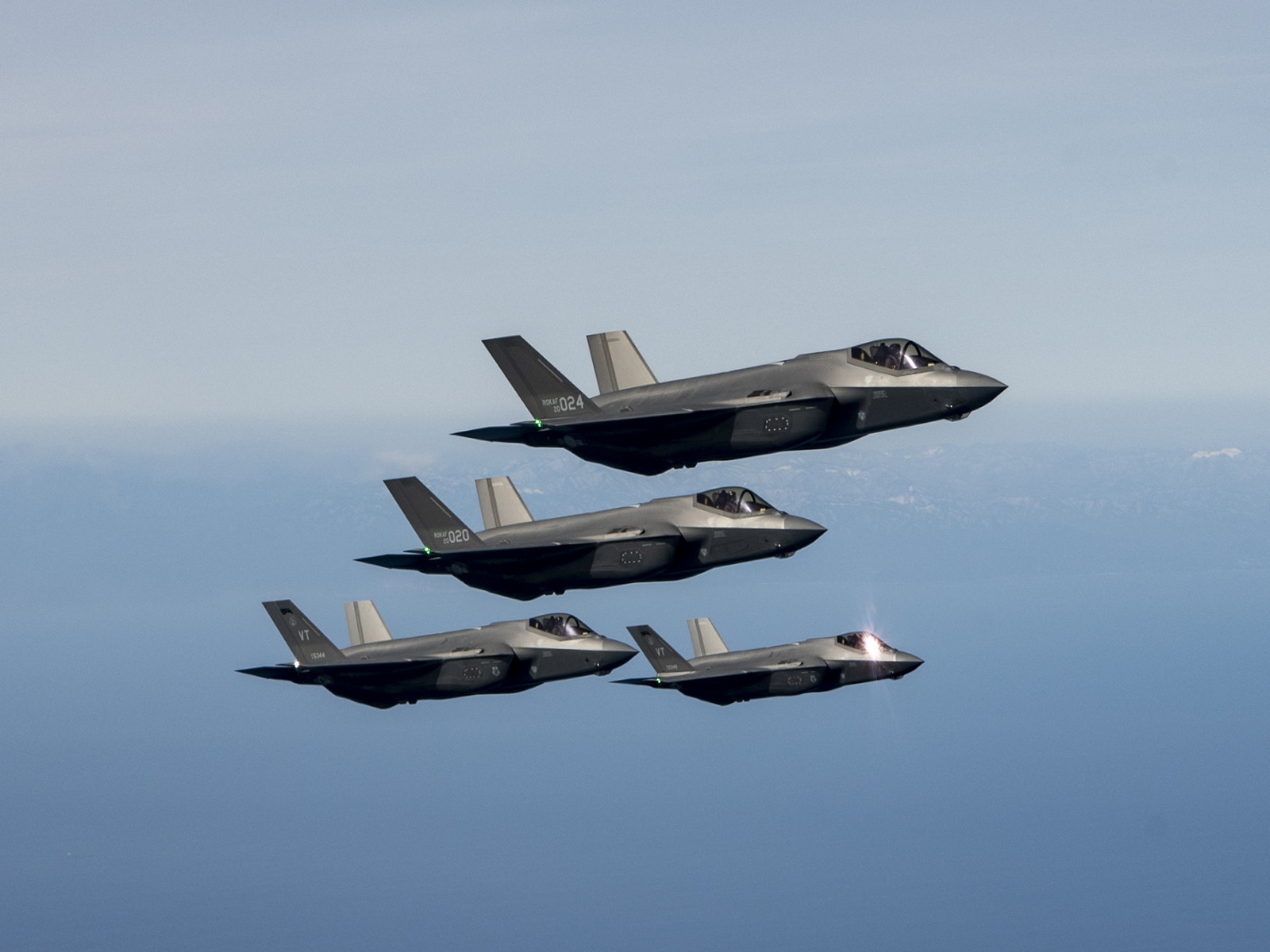
Above-normal monsoon rains to cool food prices in H2FY26, but base effects seen lifting inflation in FY27: Report
Nov 16, 2025
New Delhi [India], November 16 : Above-normal monsoon rains and improved sowing conditions are expected to support a benign food inflation trajectory in the second half of the Financial Year (FY) 2026. However, an adverse base is likely to push food inflation higher next year (FY27), according to ICICI Bank's Global Markets sectoral update on the outlook for wholesale inflation.
A base effect refers to how this year's inflation appears higher or lower simply because of unusually high or low prices in the same period last year.
"Higher rainfall and sowing bode well for the outlook in H2FY26, but an adverse base should push food inflation higher next year (FY27)," the report added.
The outlook comes amid India's wholesale inflation easing to its lowest level in over two years.
Wholesale inflation slipped into deeper contraction in October, driven largely by a sharp fall in primary food articles.
Vegetable prices continued to cool, helped by steady supplies and favourable weather, while cereals, pulses, spices, and fruits also recorded declines.
On a month-on-month basis, food prices remained broadly unchanged, signalling that the steep disinflation of recent months may be stabilising.
The broader primary articles category posted another month of contraction, extending its streak of negative prints amid weak pricing in food and non-food components.
The report noted that the correction in several high-frequency items, such as tomatoes, onions, and select grains, has significantly reduced wholesale food inflation this year.
Fuel inflation remained in negative territory, supported by lower global crude prices compared to last year. While certain petroleum products experienced sequential increases, the overall fuel and power index remained subdued, contributing to the softening trend in headline wholesale prices.
Manufactured products inflation also moderated, reflecting easing price pressures in metals and several industrial inputs.
However, a few categories, including jewellery, tobacco, pharmaceuticals, and select fabricated metals, showed sequential firming, suggesting that global commodity price movements could add some upward pressure ahead.


























